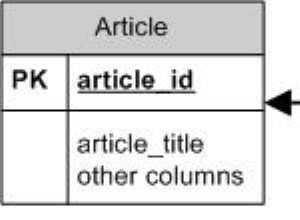Nauczyłem się tego, zaglądając do /usr/lib/pymodules/python2.6/MySQLdb/connections.py, aby zobaczyć, jak to się nazywa connection.escape . Trochę węszenia prowadzi do MySQLdb.converters.conversions . Oto fragment:
{0: <class 'decimal.Decimal'>,
1: <type 'int'>,
...
<type 'dict'>: <built-in function escape_dict>,
<type 'NoneType'>: <function None2NULL at 0xae9717c>,
<type 'set'>: <function Set2Str at 0xae9709c>,
<type 'str'>: <function Thing2Literal at 0xae971b4>,
<type 'tuple'>: <built-in function escape_sequence>,
<type 'object'>: <function Instance2Str at 0xae971ec>,
<type 'unicode'>: <function Unicode2Str at 0xae9710c>,
<type 'array.array'>: <function array2Str at 0xae9725c>,
<type 'bool'>: <function Bool2Str at 0xae97294>}
Możesz go użyć w ten sposób:
import MySQLdb
import MySQLdb.converters
import datetime
now=datetime.datetime.now()
connection=MySQLdb.connect(
host=HOST,user=USER,passwd=PASS,db=MYDB)
print(connection.escape((1,2,now),MySQLdb.converters.conversions))
# ('1', '2', "'2010-07-24 19:33:59'")
PS. Odnośnie tabel Bobby'ego:Aby normalnie korzystać z MySQLdb, nie musisz ręcznie zmieniać argumentów. Po prostu użyj sparametryzowanych argumentów podczas wywoływania cursor.execute , a MySQLdb automatycznie zacytuje argumenty.
Na przykład:
sql='insert into students (name,grade,date) values (%s, %s, %s)'
args=("Robert'); DROP TABLE Students; --",60,now) # no manual quotation necessary
cursor=connection.cursor()
cursor.execute(sql,args)




